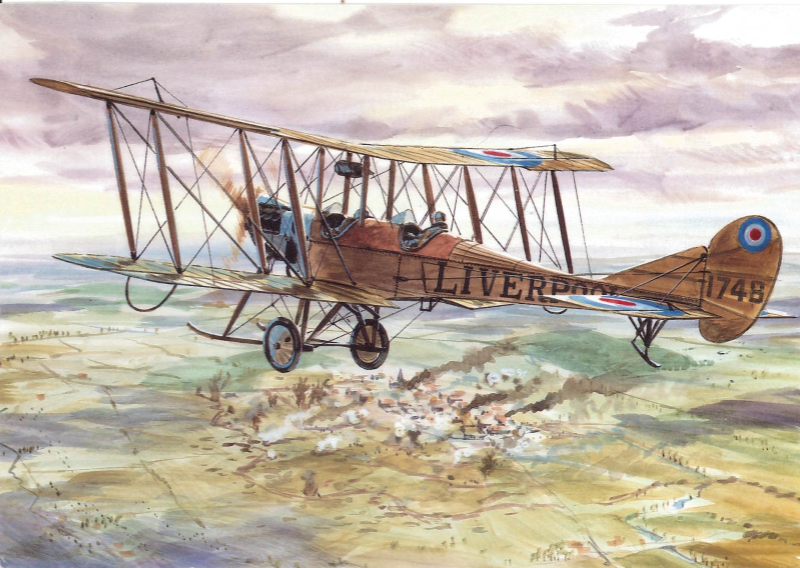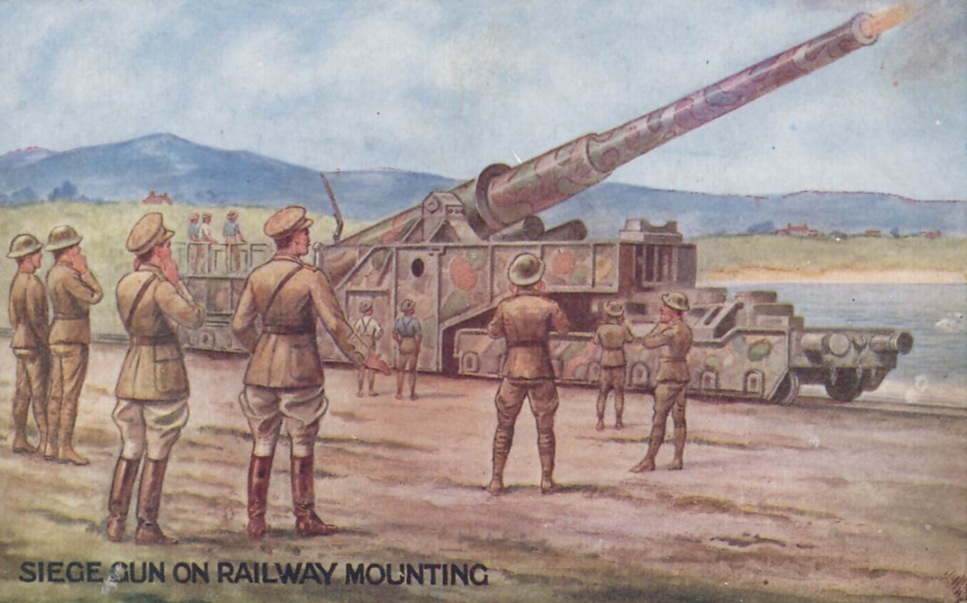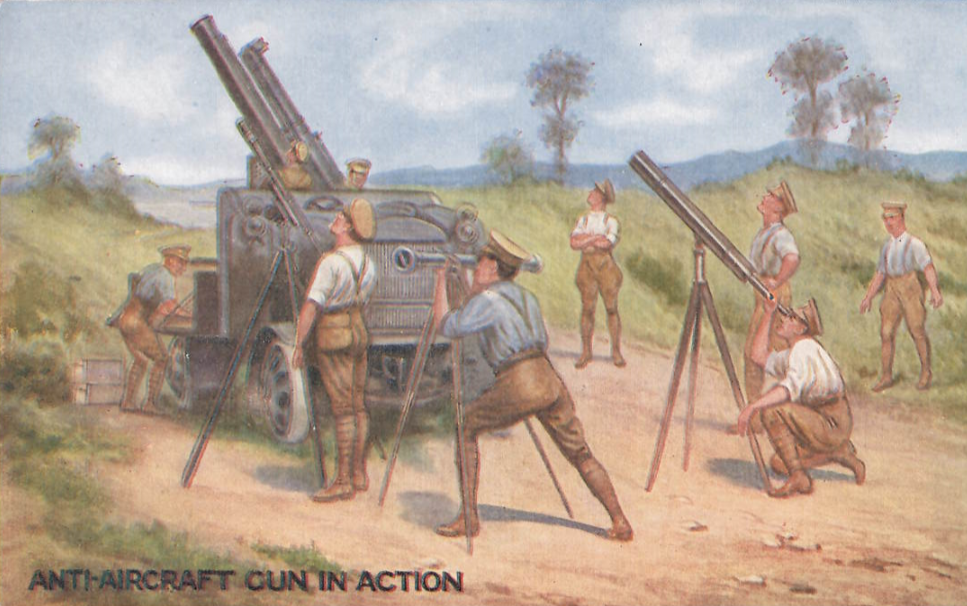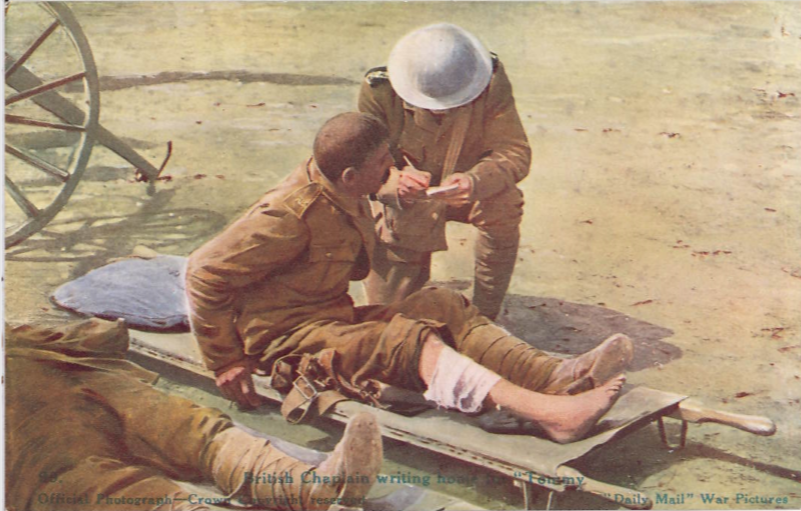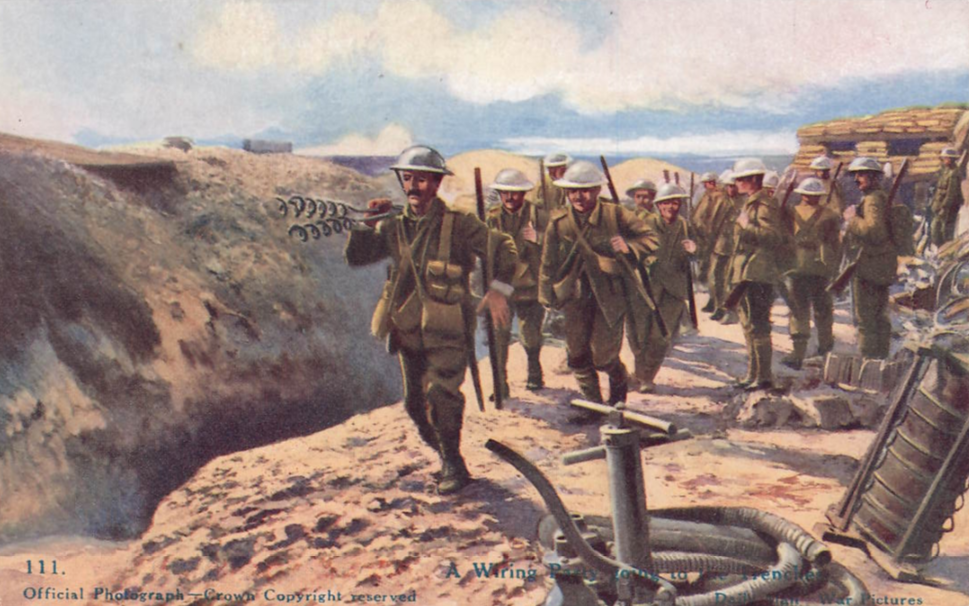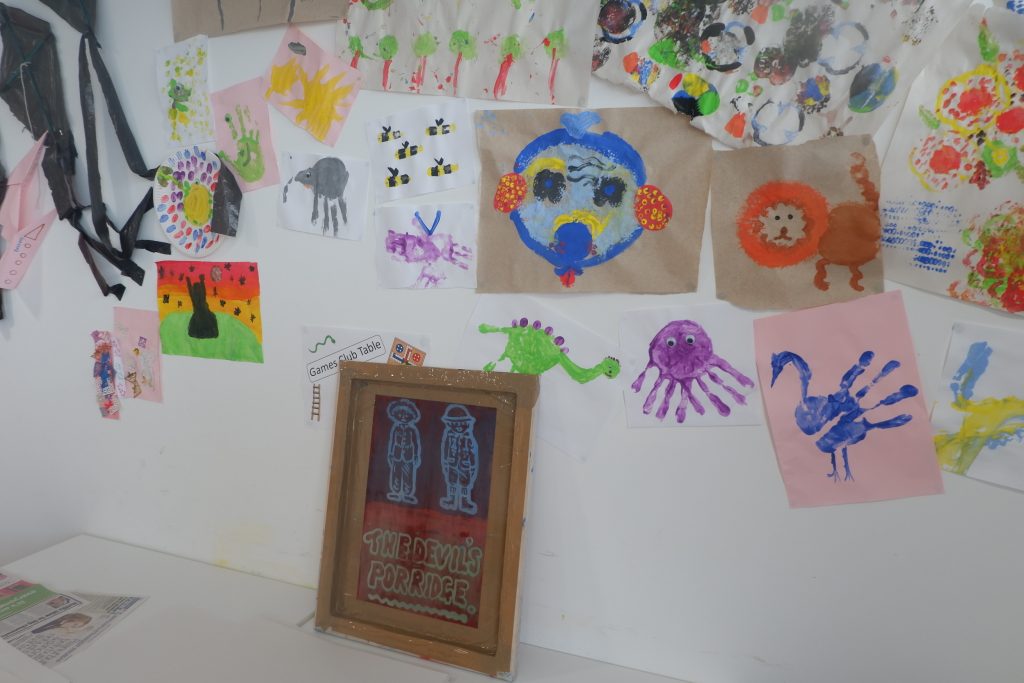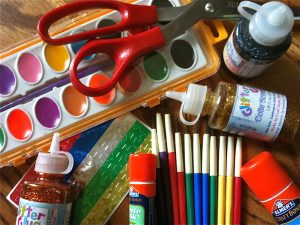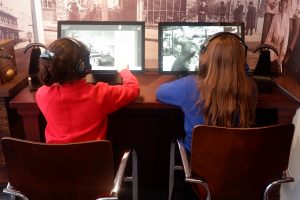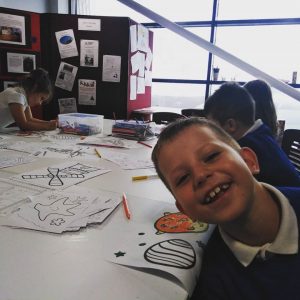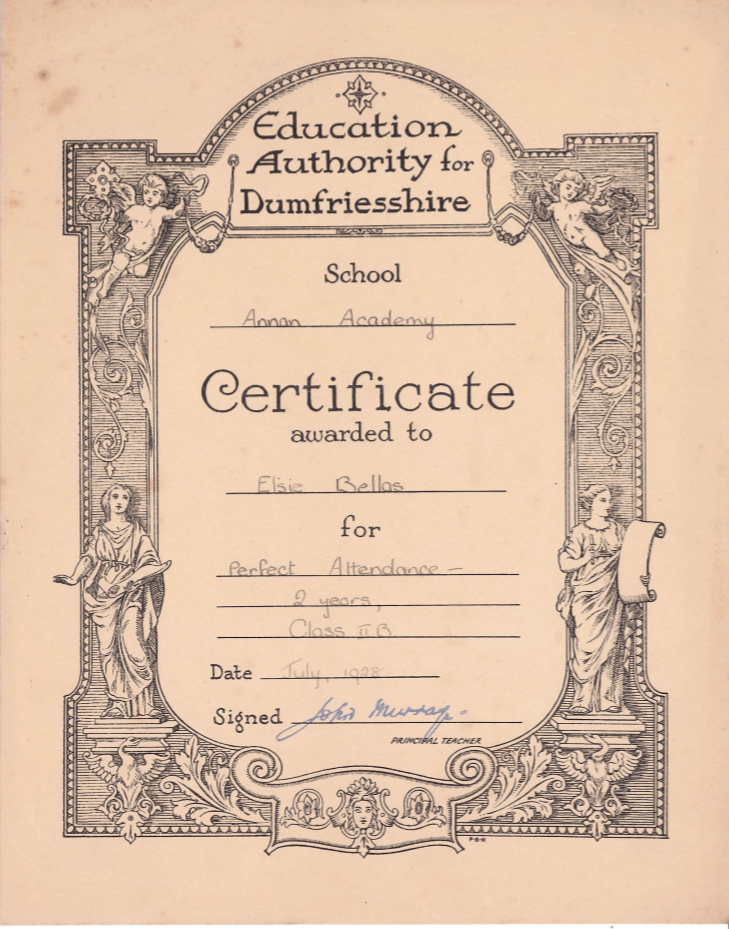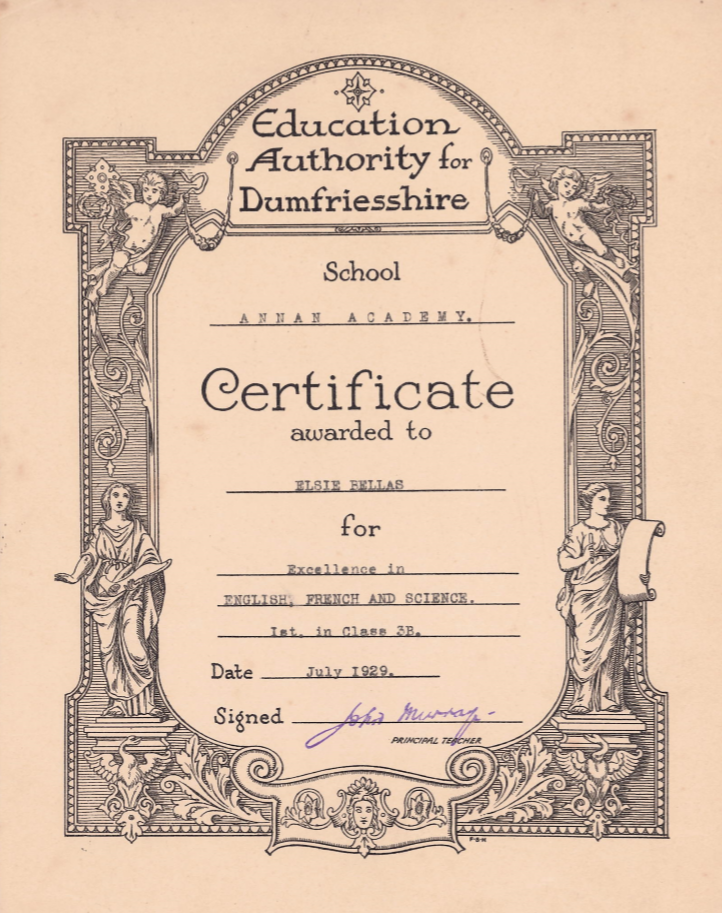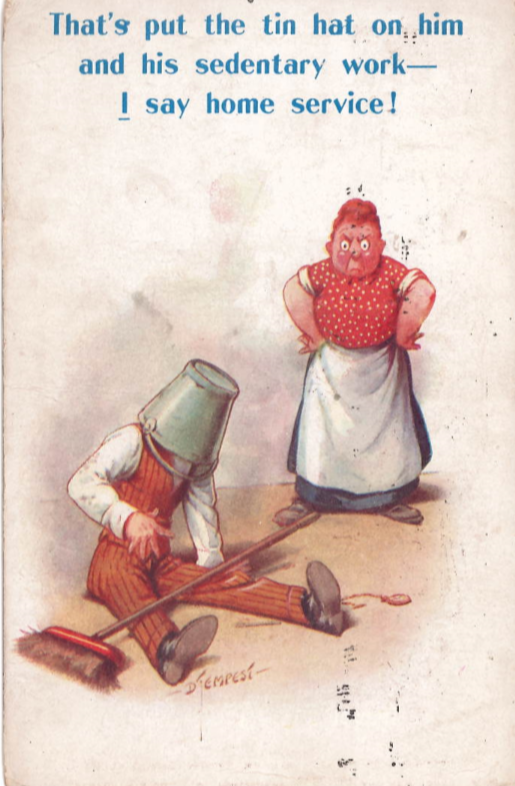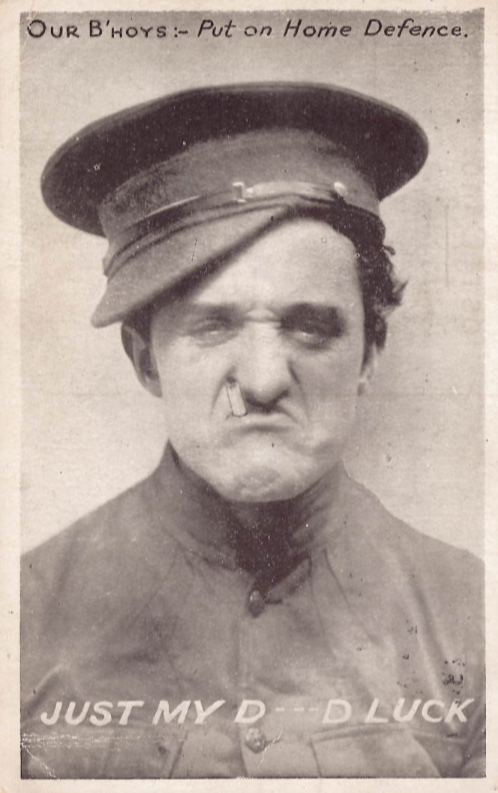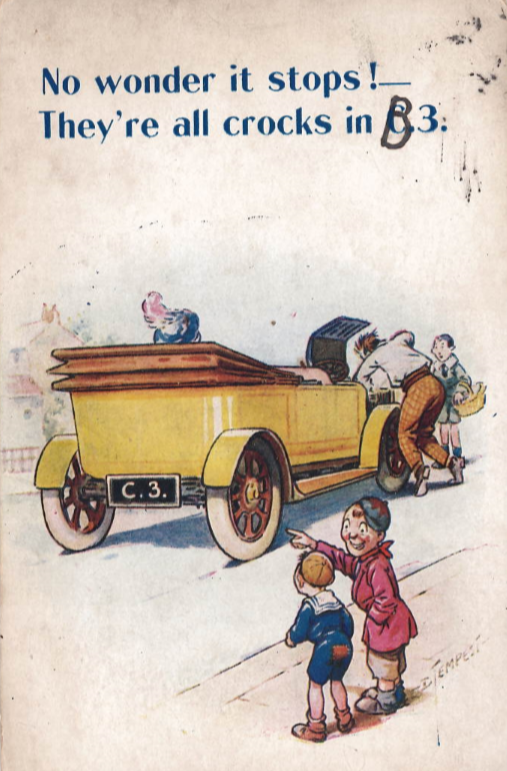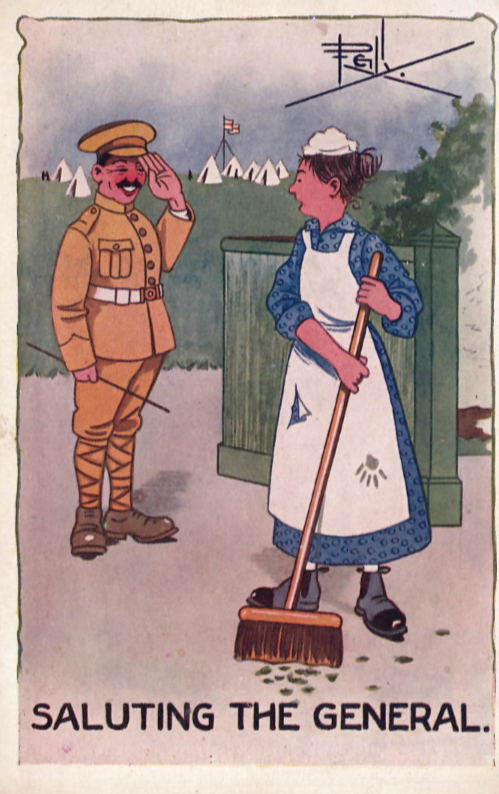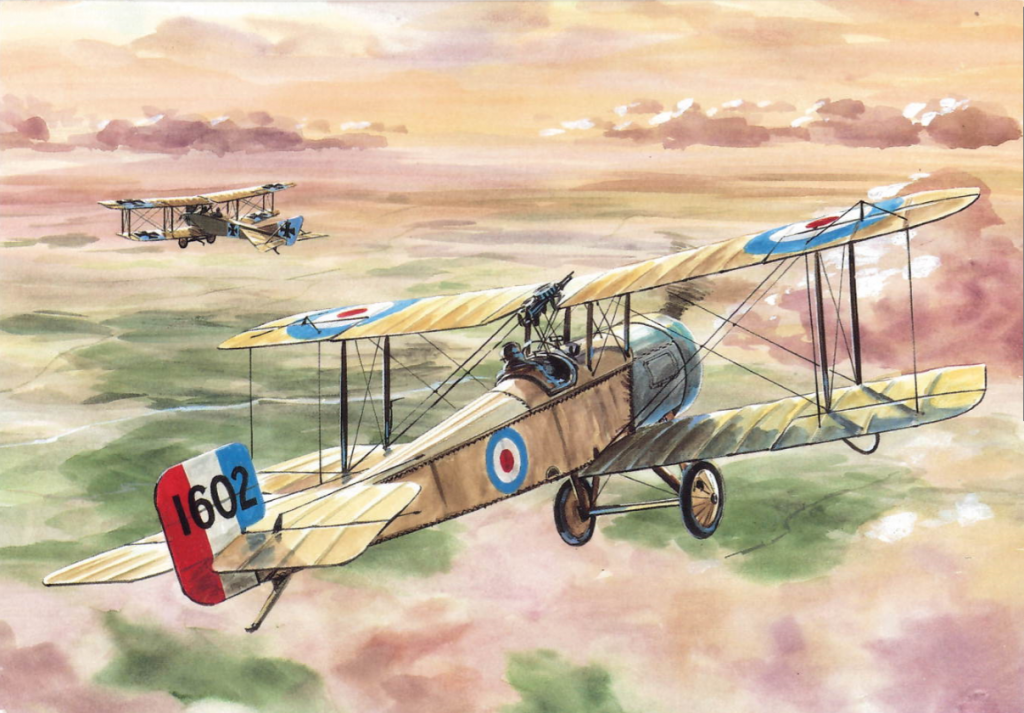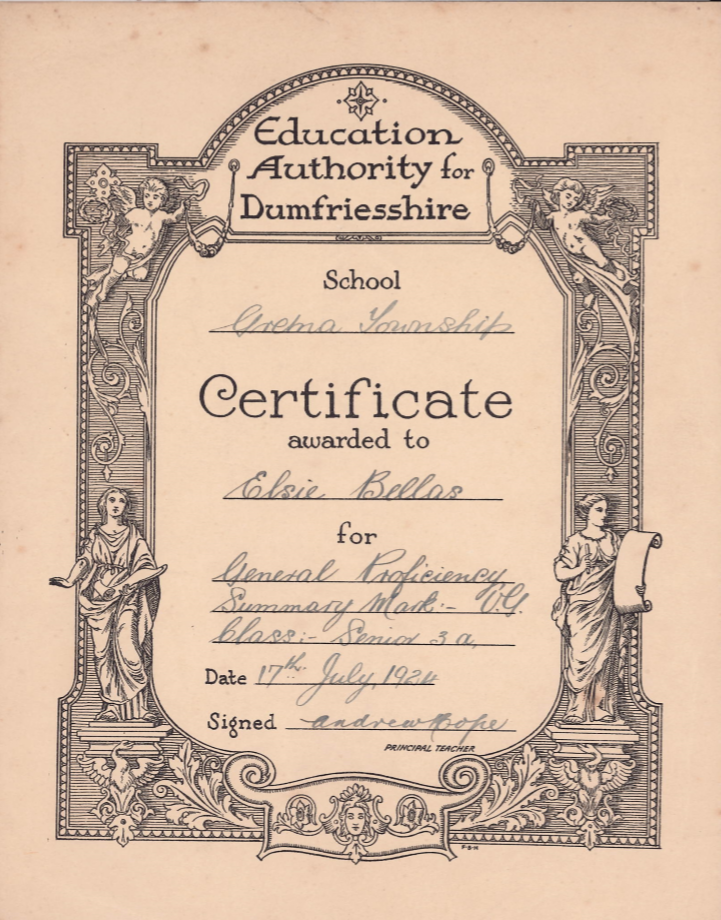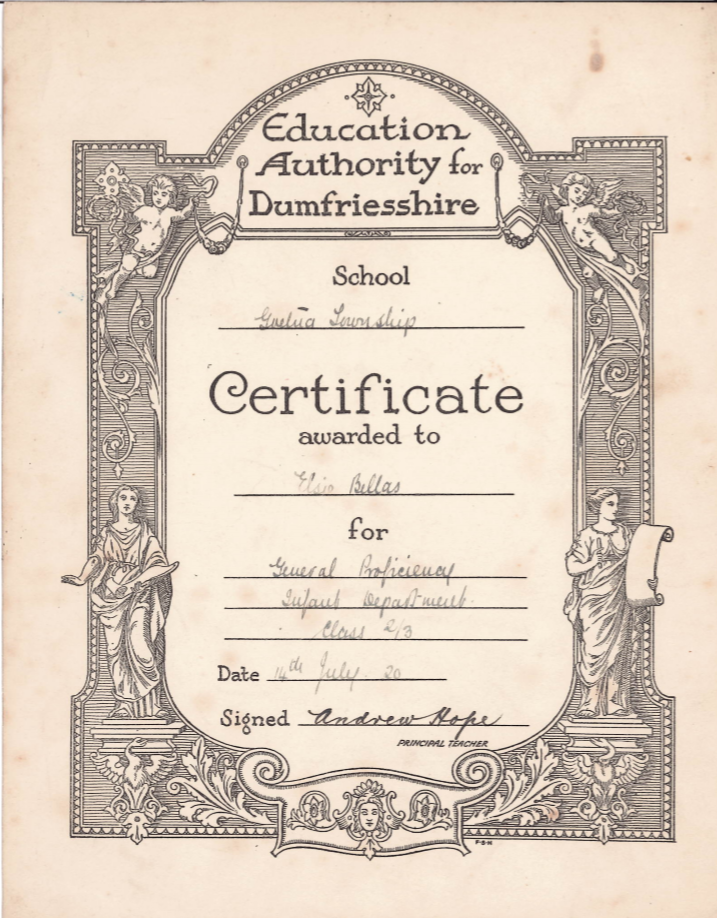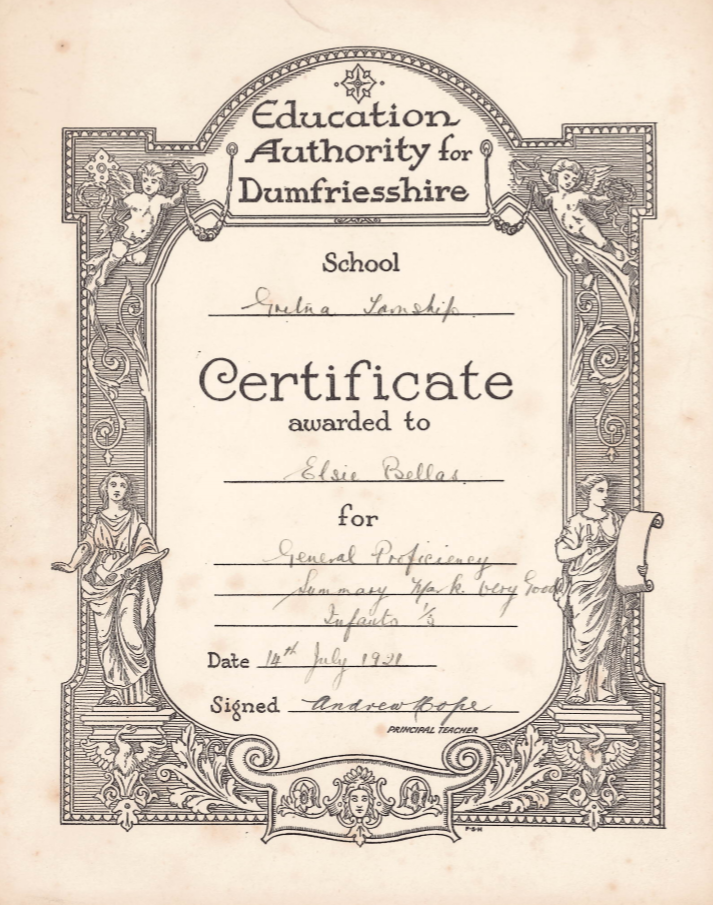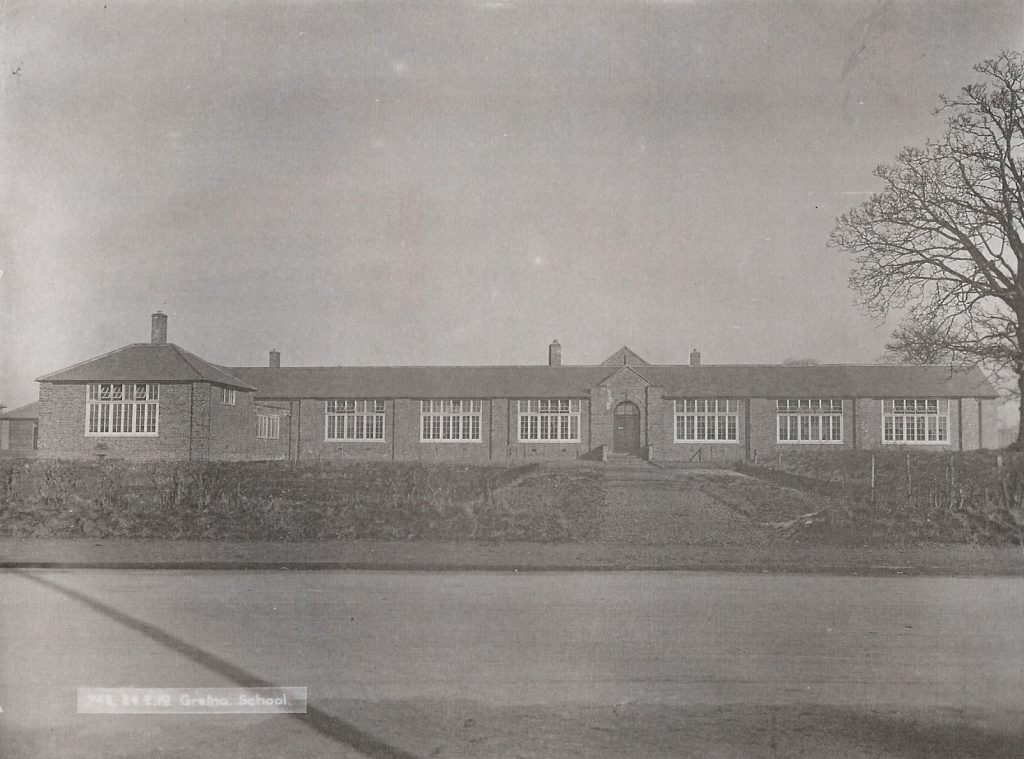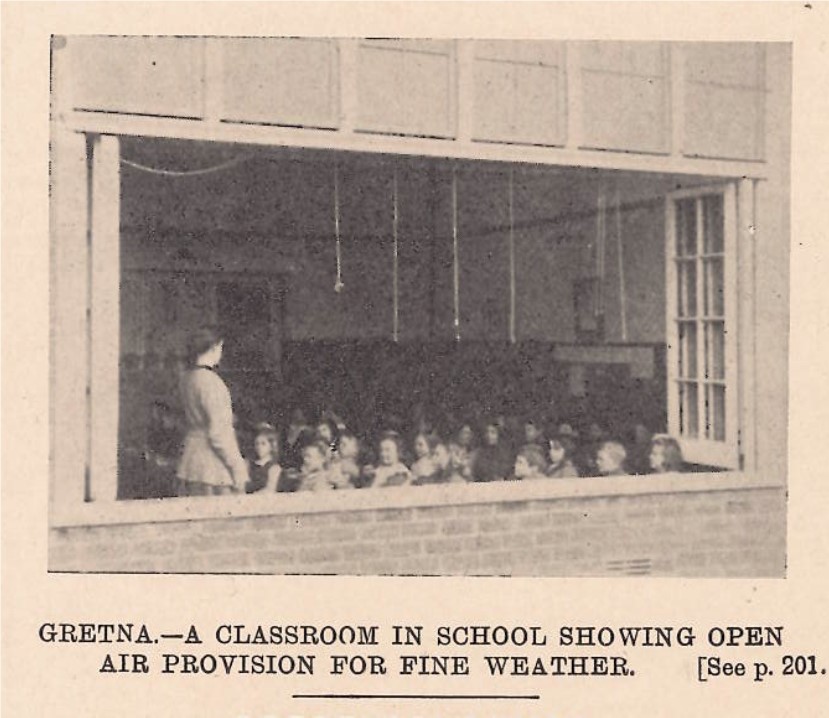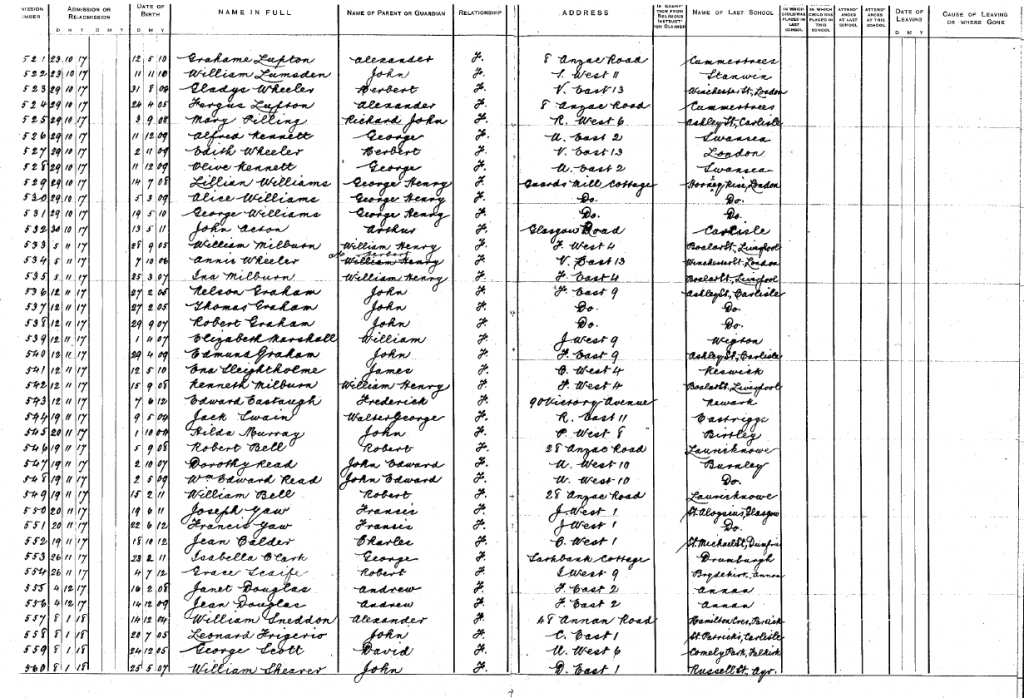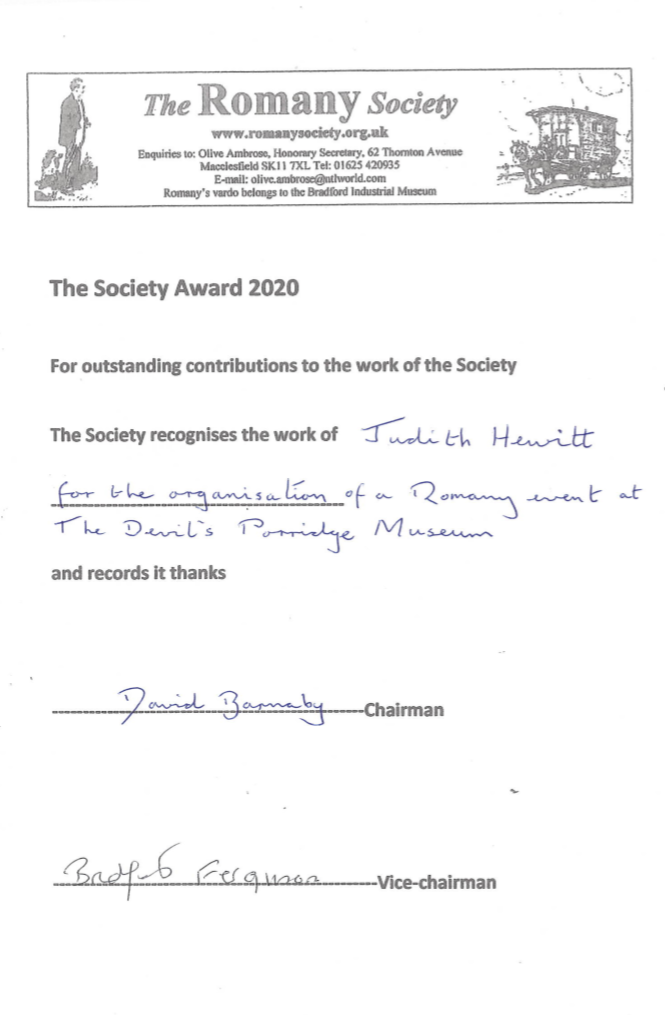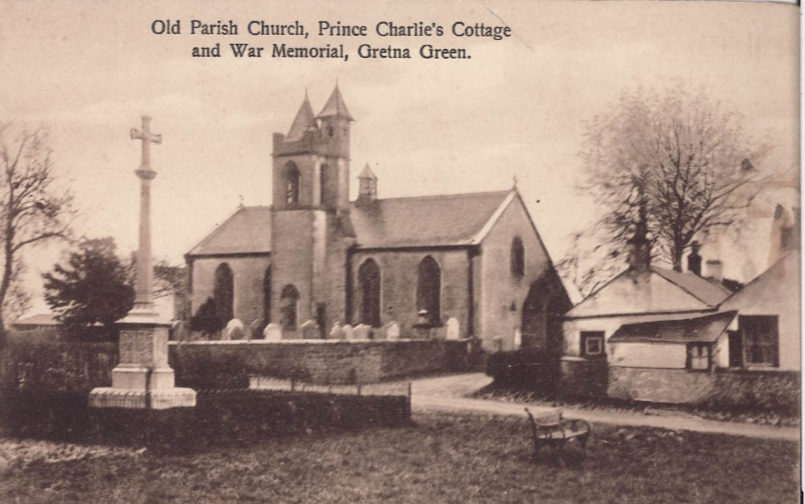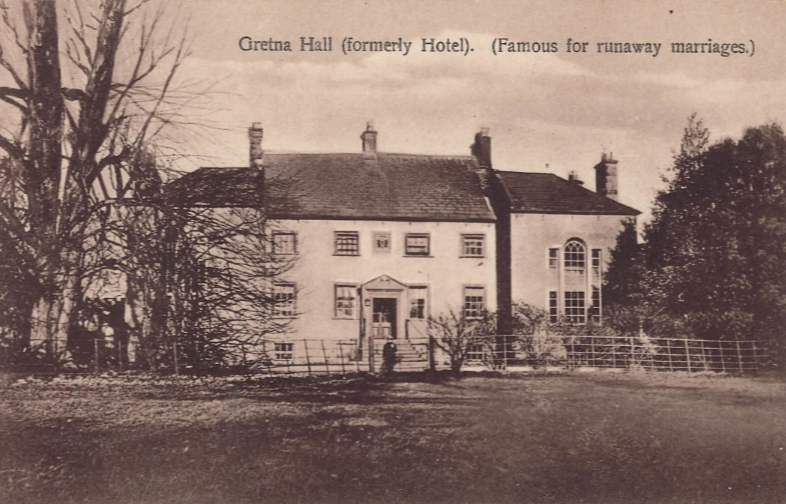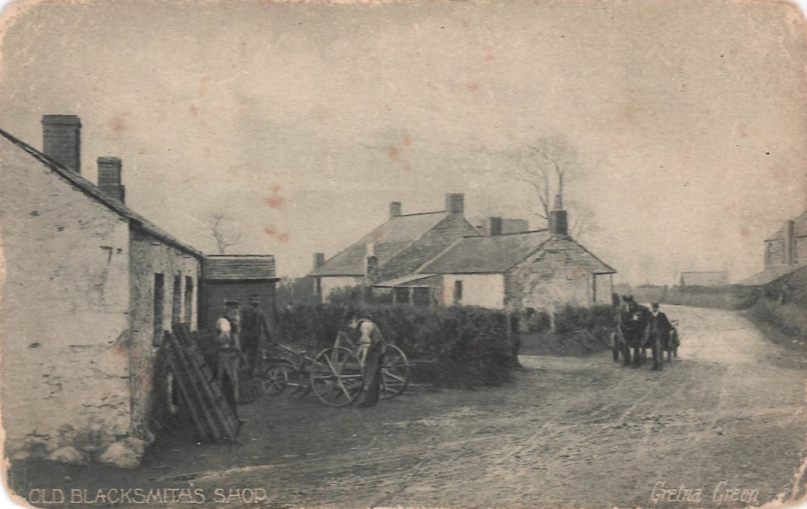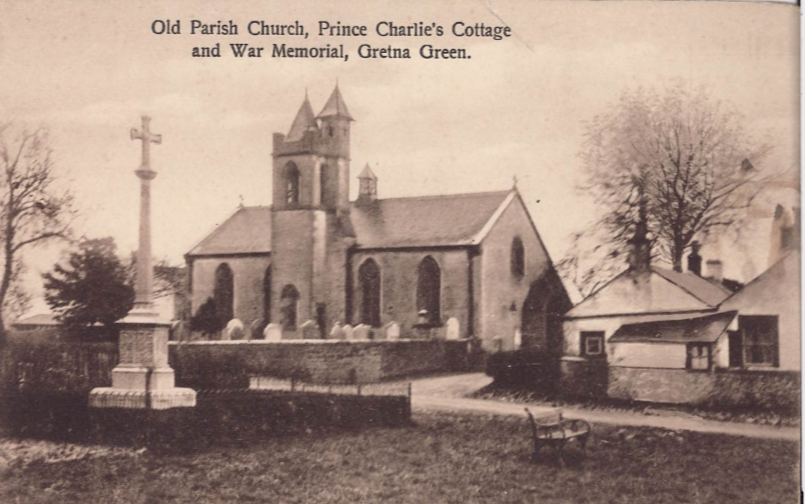Judith Hewitt, the Museum Manager writes…
A little while ago, the Museum was contacted by a gentleman researching British Hondurans and their role in World War Two. Specifically, he wanted to know if we knew anything about people coming to Kirkpatrick Fleming (a village which is less than five miles from the Museum). None of the current staff knew anything about this and we sent out the inquiry to interested (and knowledgeable) volunteers and Trustees (many of whom have lived in and researched the history of the area for decades). What we discovered was really interesting and we thought would share it here.
Andrew Dill, who volunteers with us every Tuesday in the office (with the help of Key Support in Annan) takes up the story and shares what he found out…
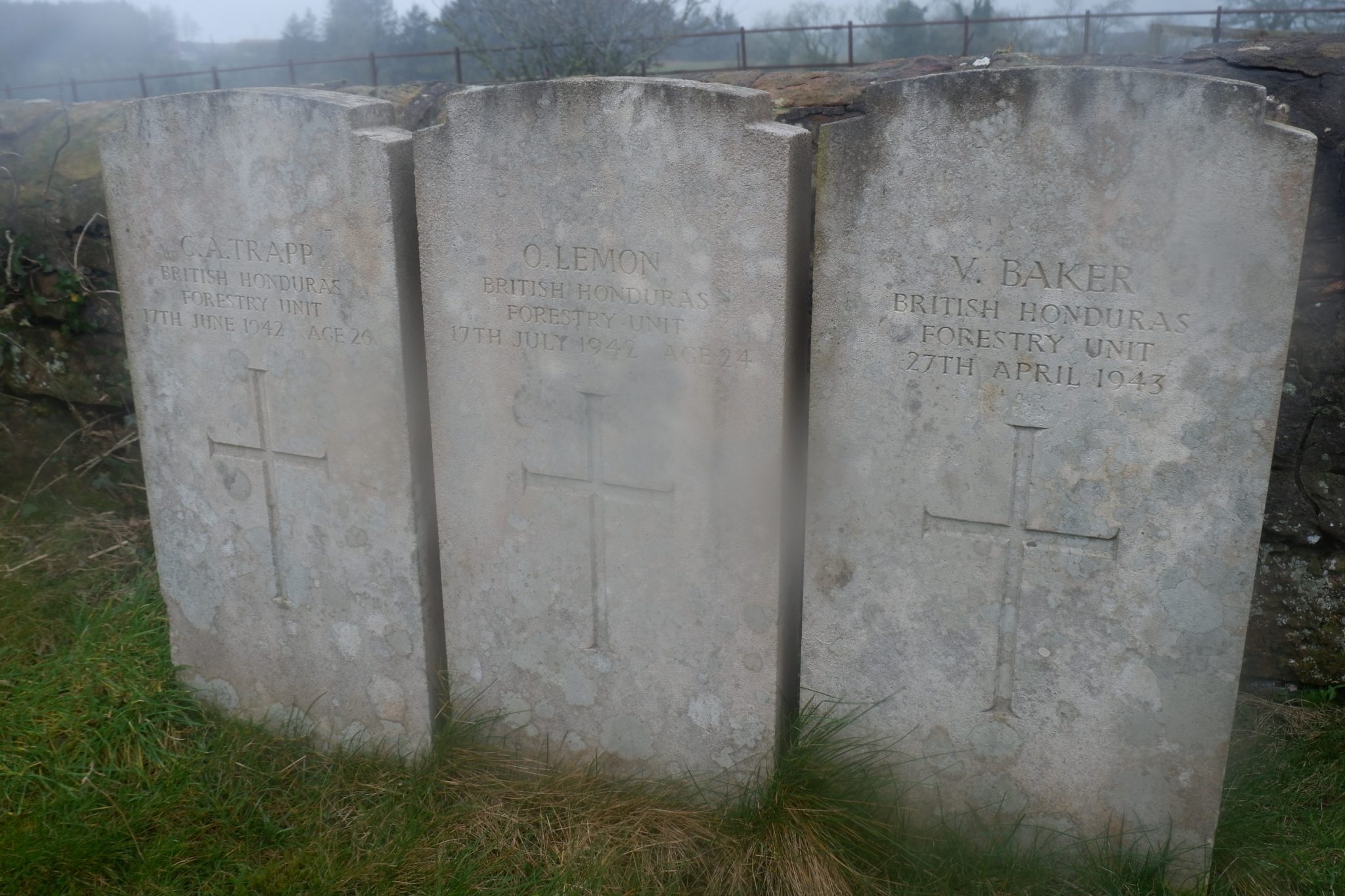
Three gravestones in Kirkpatrick Fleming cemetery are for British Hondurans.
British Hondurans in Kirkpatrick Fleming, Dumfries and Galloway
In September 1941, about 100 Hondurans arrived in Kirkpatrick Fleming from Central America. The people who came over helped manage Scotland’s forests as there was a big demand for timber in the War. Out of nearly 2000 men applied, only 541 were recruited and placed at East Linton, Duns and Kirkpatrick Fleming.
Did you know for a 48-hour week they got paid £3!
The Hondurans were housed in huts down from the church. The huts weren’t finished and in a poor condition, there were problems with heating, electricity and inadequate clothing supply.
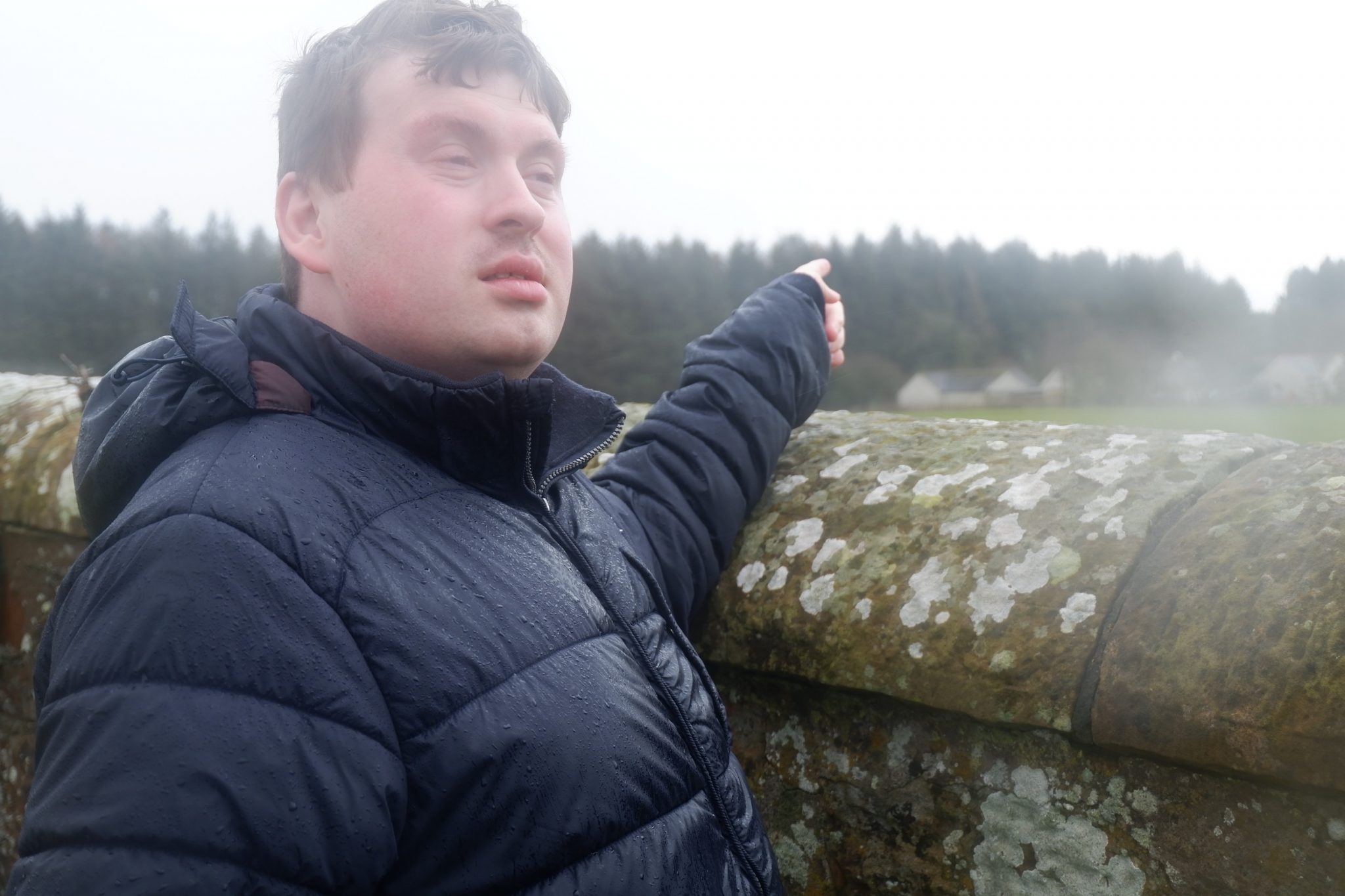
Museum volunteer Andrew points towards the field where the huts were located in World War Two.
After a few weeks the weather worsened. The Hondurans started to catch colds and flu, they had a lack of experience and knowledge of illnesses. They began to fear the worst and they may have thought they’d been brought to Scotland to die.
Visit to Kirkpatrick Fleming
On the 10th March, I visited Kirkpatrick Fleming to help with this research about British Hondurans. I got to visit the cemetery where the four forestry workers are buried and found some very interesting and useful information.
There are 4 graves for British Honduran forestry workers are located in Kirkpatrick Fleming churchyard. Kirkpatrick house is in the background.
The 4 workers were called: R Law, C.A Trapp, O Lemon and V Baker.
The workers stayed at Mossknowe in the huts. However, when we visited Kirkpatrick Fleming, there was no sign of any huts remaining. We got to see the land where the huts would have been built on.
I would like to say thank-you to Eleanor (one of the Museum’s Trustees) for taking us to Kirkpatrick Fleming and for sharing her knowledge with us.
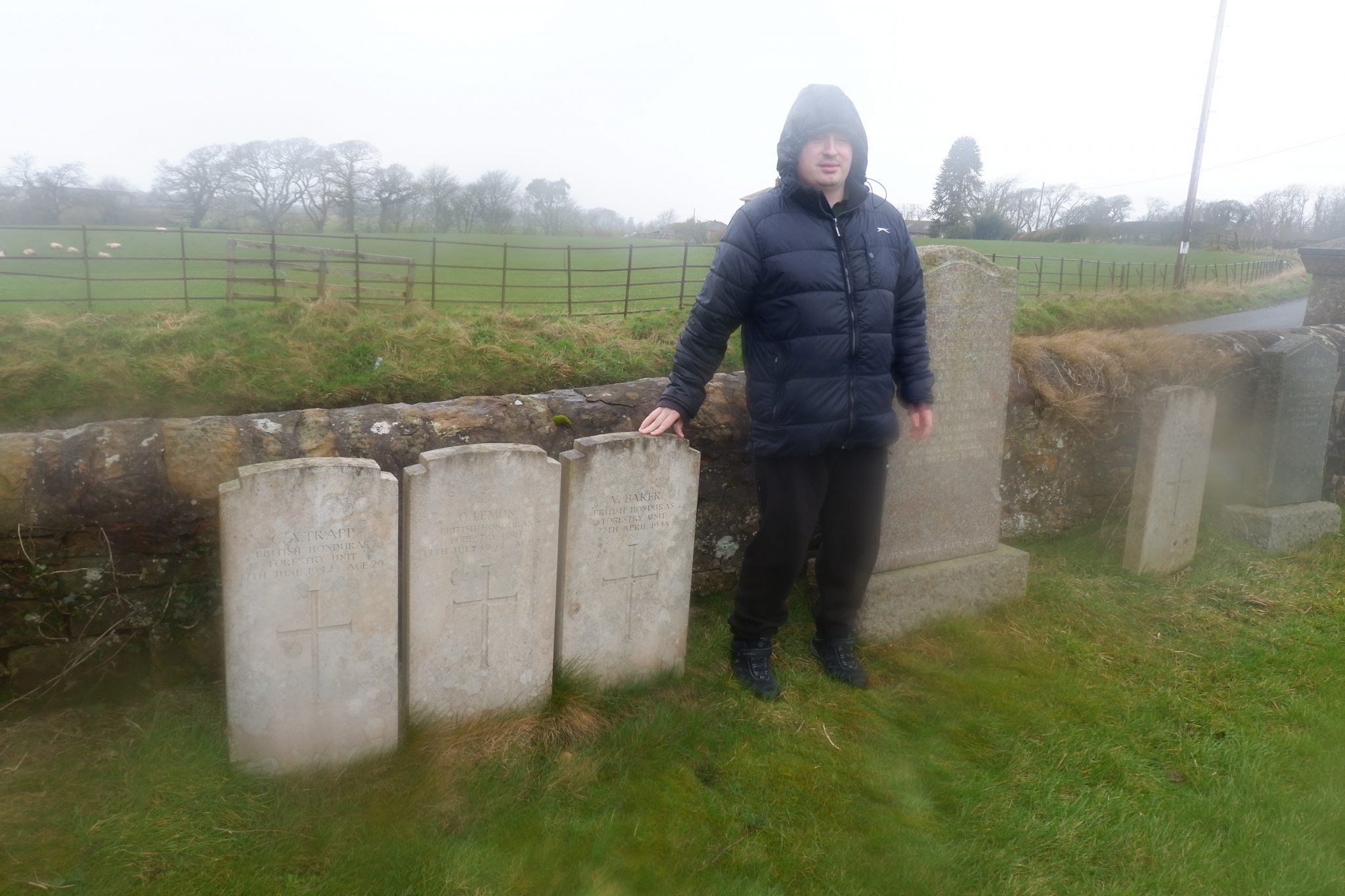
Andrew in the cemetery at Kirkpatrick Fleming with the three gravestones of the British Hondurans.
Sam Martinez’s experiences
Sam was a woodcutter from the forests of British Honduran- now known as Belize (he wasn’t based in Kirkpatrick Fleming but his experiences were probably quite similar).
He always worked hard and was used to hard labour. He was sent to many different places to continue the forestry work. He went to Ullapool, Golspie, Duns, Tranent and Kinlochewe. He retired at the age of 94 and lived in Edinburgh until he died at the age of 106.
Other useful links to websites regarding British Hondurans:
A book has been published on this subject:
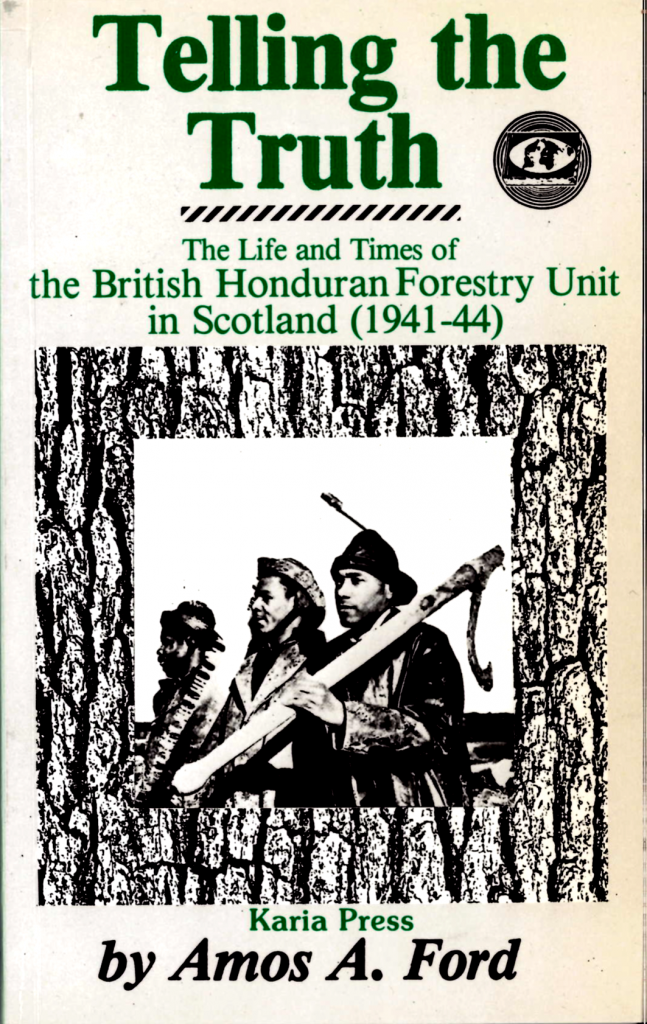
If you are interested in World War Two in Dumfries and Galloway, the following book (researched by the Museum team and available from our online shop) may be of interest to you:
The Solway Military Coast book
